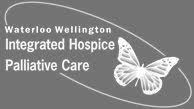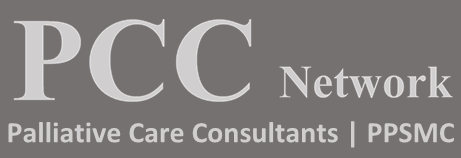The Healing Nature of Circles in Palliative Care
The circle process is not a new concept in healthcare or even general society. The Alcoholics Anonymous program established in 1935, and countless other support groups since then, use circles as a means of sharing, connecting, and supporting. Ten years ago Lewis Mehl-Madrona and Barbara Mainguy completed a study to introduce talking circles into primary care.3 The use of the circle process to help individuals in need has grown in recent years and is now being used in many settings, including neighborhoods, schools, prisons, workplaces, and families. There are many different types of Circles, such as healing, conflict resolution, community building, and celebration.1
If a circle touches the heart and helps guide you on your path, it’s a healing circle
– Michael Lerner https://healingcirclesglobal.org
Deriving from practices of Native Americans, First Nations, and Indigenous Peoples, the process brings together people as equals to have open exchanges about difficult issues or painful experiences in an atmosphere of respect and concern for everyone.1
The healing or talking circle is an element of Indigenous spirituality that is closely linked to the natural world, where land and community have the highest possible meaning and are places to honour and commune with spirits dedicated to helping one another. Healing or talking circles may help you develop empathy, improve your health, sharpen your social skills, and even find a new community. Sharing is caring, and it is supported by others who share a holistic perspective.4
The circle process can be incorporated into palliative care in a variety of ways. It may be used to help individuals or loved ones process their palliative journey and grief, but it can also be a significant source of healing for healthcare professionals. It can be used in formal or informal debriefing practices, but it can also be used to help professionals pause to reflect and gain a sense of closure.
Dr. Naheed Dosani of the PEACH Program utilizes what he terms “grief circles” to help their team acknowledge the death of a client; not only to give the team a chance for healing and learning, but to acknowledge the expectation that caregivers are expected to quickly pivot into caring for the rest of the clients requiring their attention and expertise. Believing that grief circles are one way to guard against burnout, he facilitates the process using what he calls the “4Rs”: Remember, Reflect, Recover and plan to Reinvest, to recall what was both beautiful and difficult about the death.2
Whether or not you feel yourself or colleagues struggling with a death, and regardless of whether or not you require formal or informal debriefing, just the act of gathering even for a few moments to acknowledge your shared experience of caring for an individual, can provide permission and healing you didn’t even know you needed.
Points to Remember5….
- Being a health care provider doesn’t protect you from experiencing grief
- It is okay to show grief or cry after a client dies, but the grief may vary from client to client, depending on your relationships
Failing to recognize you are grieving can cause stress and may even affect the way you care for future clients.
Free Online Learning Resources
- Canadian Virtual Hospice
- For Professionals:
- Learning Hub
- Healthcare Provider Grief: Recognizing and Responding
- Learning Hub
- For Professionals:
Resources:
- Anderson, Rachel. (2019). The Origin of Our Healing Circles. Healing Justice. https://healingjusticeproject.org/news/2019/2/26/healing-circles
- Goldman, B. ( 2019, March 08). Palliative care team helps the homeless die ‘with dignity,’ a healing circle helps them grieve. [podcast article]. White Coat Black Art. CBC Radio. https://www.cbc.ca/radio/whitecoat/palliative-care-team-helps-the-homeless-die-with-dignity-a-healing-circle-helps-them-grieve-1.5048409
- Mehl-Madrona, L., & Mainguy, B. (2014). Introducing healing circles and talking circles into primary care. The Permanente journal, 18(2), 4–9. https://doi.org/10.7812/TPP/13-104
- Native Education College. (2023). https://necvancouver.org/healing-sharing-circle/
- Elizabeth Health. (2015). Supporting Staff with Grief: A Guide for Leaders. https://research.sehc.com/SEHCResearch/media/Research_Centre/pdfs/2015-Nov_Supporting-Staff-with-Grief.pdf
Download Tip of the Month




